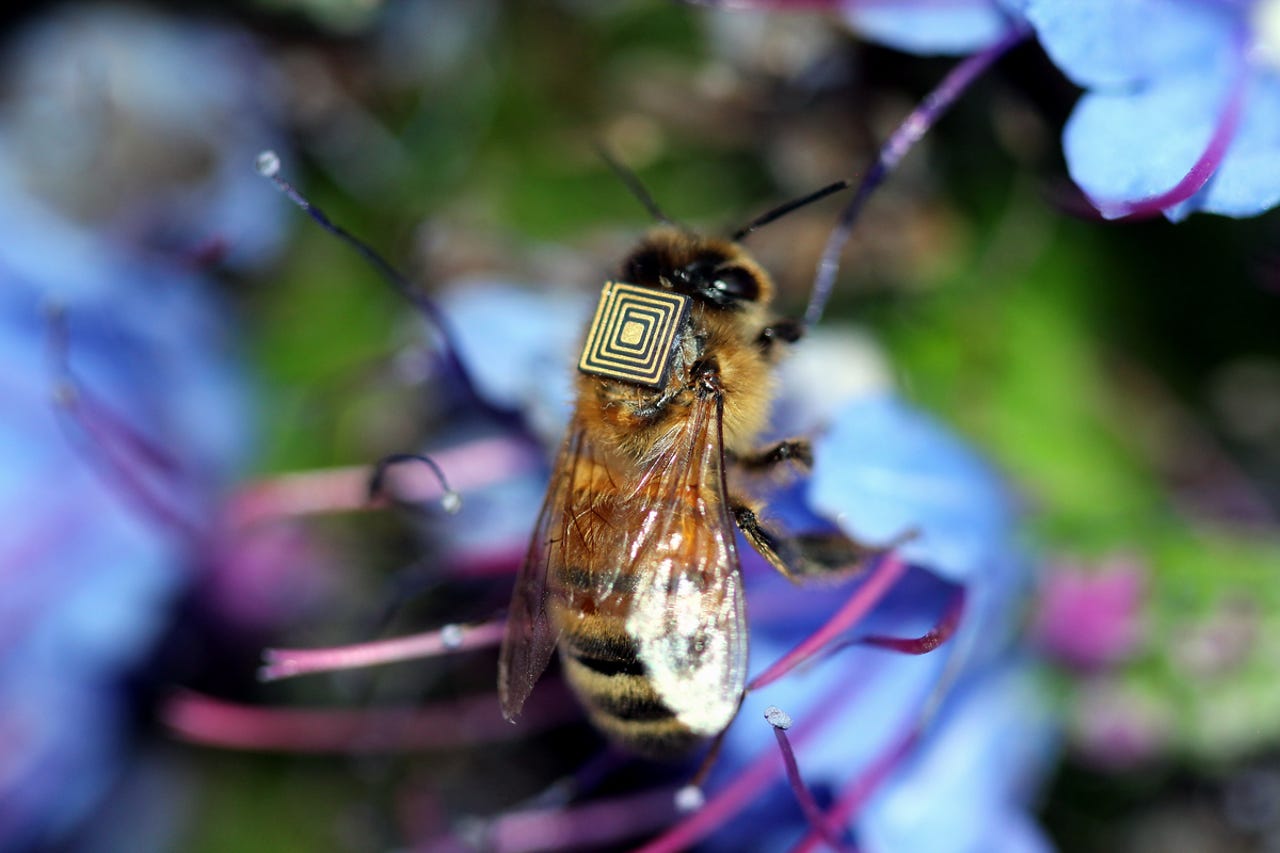Innovation
Why thousands of bees are flying around with sensors
Can a swarm of sensors help solve colony collapse disorder?


Honeybees play an important role in pollinating roughly one-third of global food crops. But they are dying off annually in massive numbers. The mysterious phenomenon is known as colony collapse disorder and there are many theories about what's contributing to it: pesticides, stress, diesel exhaust, disease and habitat loss. While the impact of CCD might be overblown, scientists are working to gain new insight into CCD.
Enter a swarm of sensors.
Australia's national science agency, The Commonwealth Scientific and Industrial Research Organization (CSIRO), is placing tiny sensors on the backs of 5,000 honeybees. Using Radio Frequency Identification sensors the researchers will be able to track the movement of the bees. By doing this, researchers will be able to track bee behavior and look for environmental changes that could be harming bee colonies.
"Bees are social insects that return to the same point and operate on a very predictable schedule. Any change in their behavior indicates a change in their environment. If we can model their movements, we'll be able to recognize very quickly when their activity shows variation and identify the cause. This will help us understand how to maximize their productivity as well as monitor for any biosecurity risks," said Dr. Paulo de Souza, who is leading the project, in a press release.
And while we don't have data from the study yet, the way the scientists are able to attach the sensors to the bees is fascinating. According to CSIRO, the bees are first refrigerated for a short time to put them in a "rest state" just long enough to attach the tiny sensors to their backs with an adhesive -- younger hairy bees must be shaved first. After a few minutes the bees are back to normal and collecting data.
"This is a non-destructive process and the sensors appear to have no impact on the bee's ability to fly and carry out its normal duties," de Souza said.
The sensors used on the bees are 2.5mm x 2.5 mm, but CSIRO plans to shrink them to one millimeter so that they can be attached to smaller insects like mosquitos and fruit flies for future studies.
Photo: CSIRO
This post was originally published on Smartplanet.com